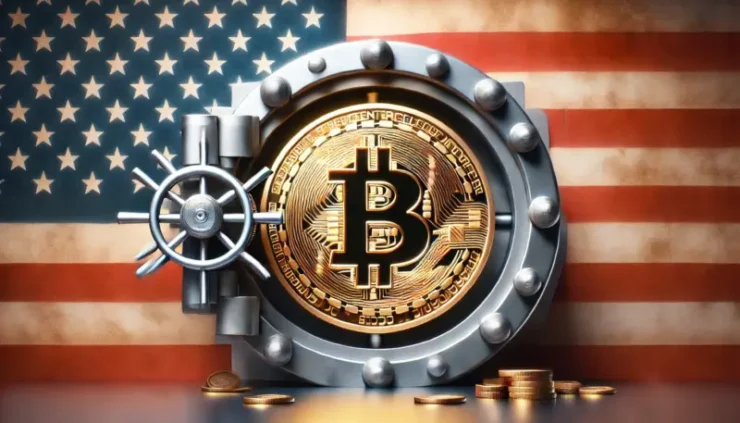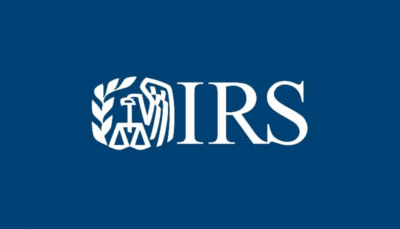The United States is establishing a Strategic Bitcoin Reserve, a move that could reshape the government’s role in the cryptocurrency market. President Donald Trump signed an executive order Thursday directing federal agencies to create the reserve, which will hold Bitcoin obtained through civil and criminal asset forfeitures. The administration says the reserve will serve as a store of value, preventing the premature sale of seized cryptocurrency that could drive down market prices.
Coinbase executive Conor Grogan sees the move as a potential relief for Bitcoin’s sell-side pressure. “By my estimation, the [U.S. government] owns 198.109k BTC. This executive order removes ~$18B of sell-side pressure,” Grogan, Coinbase’s Director of Product Strategy and Business Operations, wrote in an X post Thursday. The post included a table detailing U.S. government holdings by blockchain network.
US Bitcoin Holdings and Market Impact
Arkham Intelligence estimates that the U.S. government currently possesses 198,109 BTC, valued at approximately $17.35 billion at recent market prices. The federal portfolio also includes 122 million USDT, 56,035 ETH, 750 WBTC, and other digital assets. The executive order prohibits the sale of Bitcoin deposited into the reserve, a decision aimed at stabilizing the market by avoiding sudden sell-offs of large holdings.
White House AI and Crypto Czar David Sacks, who announced the reserve’s formation on X, said the move ensures responsible management of government-seized digital assets. “This means it will not cost taxpayers a dime,” Sacks wrote, adding that premature Bitcoin sales have already cost taxpayers an estimated $17 billion in lost value. The executive order also mandates a full accounting of the government’s digital asset holdings.
Digital Fort Knox and Strategic Planning
Trump’s executive order positions the Strategic Bitcoin Reserve as a “digital Fort Knox” for the world’s largest cryptocurrency. The administration says it is taking a long-term view on Bitcoin’s value and will not engage in active trading or sales of the reserve’s assets. Treasury Secretary Scott Bessent and Commerce Secretary Howard Lutnick are authorized to develop budget-neutral strategies for acquiring additional Bitcoin, provided they do not impose costs on taxpayers.
In addition to Bitcoin, the executive order establishes a U.S. Digital Asset Stockpile to hold non-Bitcoin cryptocurrencies seized through asset forfeiture. The government will not purchase additional digital assets beyond those acquired through legal proceedings. The distinction between the reserve and the stockpile has caused some confusion in recent discussions, as the two terms have been used interchangeably by officials.
Market Reactions and Industry Response
Bitcoin fell 5% following the announcement, trading at approximately $85,798 as investors reacted to the news. The broader crypto market saw similar declines, with Ethereum dropping 5.57% and WBTC down 4.72%. Industry analysts are assessing whether the reserve’s creation will lead to increased institutional interest in Bitcoin or if it signals further government intervention in digital asset markets.
Several crypto executives, including Grogan and Sacks, are expected to attend a “digital asset summit” hosted by Trump in Washington, D.C., on Friday. The summit will address the administration’s broader vision for cryptocurrency regulation and economic strategy. The event follows Trump’s earlier statement that the U.S. should become the “crypto capital of the world.”
Trump’s Crypto Strategy and Future Outlook
The executive order comes just days after Trump announced plans for a broader U.S. crypto strategic reserve, which would have included assets such as XRP, Solana, and Cardano. The inclusion of these cryptocurrencies was met with skepticism from some industry participants, who questioned their developer activity and decentralization compared to Bitcoin and Ethereum.
Sacks has been vocal about the U.S. government’s handling of digital assets, previously criticizing premature Bitcoin sales that resulted in significant taxpayer losses. He praised the new reserve as a step toward better stewardship of digital assets, saying it would protect the country’s financial interests in the evolving crypto landscape. The administration’s next steps, including potential acquisitions of additional Bitcoin and regulatory oversight, will likely shape market expectations in the coming months.
A full audit of federal digital asset holdings is expected to be conducted as part of the executive order’s directives. The findings could provide greater transparency into the government’s role in cryptocurrency markets and influence future policy decisions on digital asset management.





